All about steel pipes: overview of technical characteristics and installation nuances
Steel pipes are used very widely in industry and everyday life. It is used when laying closed and open communications supplying gases and liquids to distribution stations.Steel products are used to protect power and signal cables in the aircraft and automotive industries.
Steel pipes serve as structural and decorative elements in a number of areas. In everyday life, water supply and heating systems are assembled from them. The products have high physical characteristics, withstand significant operating loads and reliably serve for many years.
The content of the article:
Steel grades for production
In the production of steel pipes in industrial production, the following types of raw materials are used:
- carbon steel st 3, st 10-20, st17g1s-u – for electric-welded universal pipes of general purpose;
- steel 20-10 – for the production of hot-rolled pipes without a seam;
- steel 20 – for cold-formed pipe material;
- corrosion-resistant steel 12Х18Н12Т, 12Х18Н10Т, 08Х18Н10Т - for pipes in demand in the energy and chemical industries.
Low alloy steels have good mechanical properties and an affordable price.Alloying additives have a positive effect on the physical characteristics of steel, improve toughness and ductility, make the material more durable and resistant to high temperatures and atmospheric corrosion.
However, the cost of alloy steel is slightly higher and pipes made from it are always valued a little more. According to the level of alloying, steel is divided into three classes.
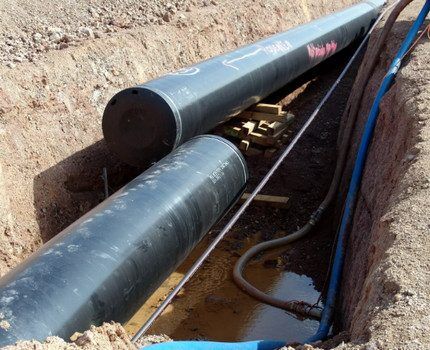
The low-alloy material contains no more than 2.5% of various additives. In moderately alloyed species this figure ranges from 2.5-10%. In highly alloyed grades, the amount of components that improve the basic properties of the metal ranges from 10 to 50%.
There are a total of 14 types of high-alloy steel alloys with different characteristics. The most popular are materials that exhibit good resistance to various corrosive phenomena and are able to work effectively without destroying the structure at extremely high temperatures.
Making steel pipes: basic methods
Steel pipes are made in several ways.
The most common manufacturing options are:
- electric welded with a straight seam;
- electric welded with a spiral seam;
- hot-formed without seam;
- cold rolled without seam.
The choice of a suitable metal processing method depends on the quality of raw materials and equipment available to the manufacturer.
A separate standard regulates water and gas pipes.However, this is not because there is a special manufacturing method for this material, but only based on the area of application.
In fact, pipes of this type are a universal electric-welded product with a straight seam. Typically this type is used in communication systems with moderate pressure.
How are electric-welded straight-seam products made?
The steel sheet (strip) rolled into a tight roll is unwound and cut into longitudinal strips of the required length and width. The resulting fragments are welded into an endless strip, thus ensuring continuity in production.
The tape is then deformed in rollers and the workpiece is converted into a round product with open edges. The connecting seam is welded using an arc method, induction currents, plasma, laser or electron beams.

After all manipulations, the round steel pipe is calibrated in rollers and delicate non-destructive testing of the strength and integrity of the seam is carried out using ultrasound or eddy currents. If no errors are found during testing, the workpiece is cut into fragments of the planned length and sent to the warehouse.
Production of electric welded spiral seam types
The production of spiral-welded steel pipes follows the same principle as straight-seam steel pipes, only simpler mechanisms are used for the manufacture of products.The main difference is that the cut steel strip is rolled into a spiral rather than a tube using rollers. This ensures high connection accuracy at all stages.
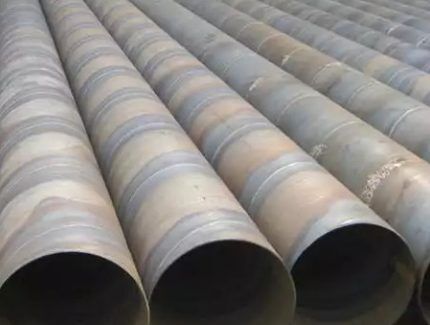
The spiral seam is considered more reliable and gives the pipe increased tensile strength. The disadvantages include the increased length of the seam, which requires additional costs for welding materials and more time for joining.
Production of hot-deformed seamless products
A monolithic cylindrical blank is used as a blank for creating a seamless (solid-drawn) steel pipe using the hot deformation method.
It is heated at high temperatures in an industrial furnace and driven through a piercing press. The unit turns the product into a sleeve (hollow cylinder), and subsequent processing with several rollers gives the element the required wall thickness and suitable diameter.
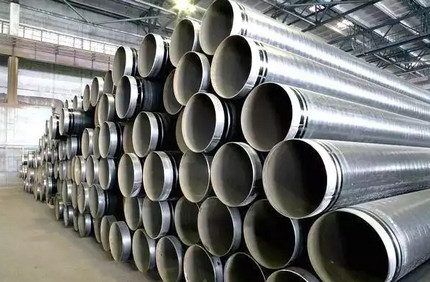
At the last stage, the hot steel pipe is cooled, cut according to specified parameters and transferred to the finished product warehouse.
Features of the production of cold-deformed pipes
The initial stage of the process of manufacturing seamless steel pipes by cold deformation is identical to the “hot” version. However, after passing through the piercing mill, the sleeve is immediately cooled and all other operations are carried out in a cold environment.
When the pipe is fully formed, it must be annealed, first heated to the steel recrystallization temperature, and then cooled again. After such measures, the viscosity of the structure increases, and the internal stresses that inevitably arise during cold deformation leave the metal itself.
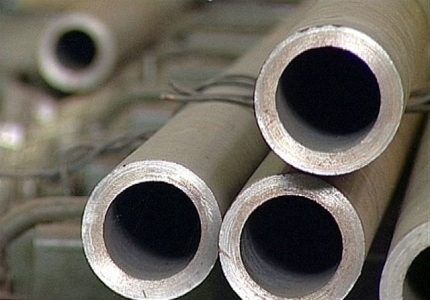
Currently, the market offers seamless cold-rolled pipes with wall thicknesses from 0.3 to 24 mm and a diameter of 5 to 250 mm. Their advantages include a high level of tightness and the ability to withstand high pressure.
Types of section and coating
According to the type of cross section, steel pipe elements are divided into round and profile. Round ones are a universal type and have the widest gradation in hole diameter and wall thickness. They are produced only in industrial conditions from steel alloys and various additives that enhance the physical characteristics of the material.
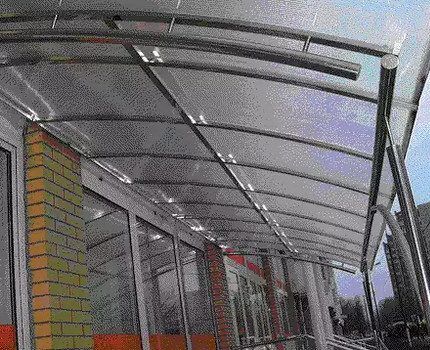
The range of applications covers almost all industrial and domestic areas. Round steel pipes of different diameters are used for transporting oil and gas, for equipping reliable insulation of communication systems of any complexity and size, for creating light buildings and various elements of external and internal decor.
Profile pipes are a progressive type of construction metal with an oval, square or rectangular cross-section.It is made from low-alloy and carbon steel, less often from stainless steel, by cold or hot deformation of a longitudinally welded round-gauge electric-welded billet.
Forming is carried out by passing the part through rollers, which provide the required cross-section.
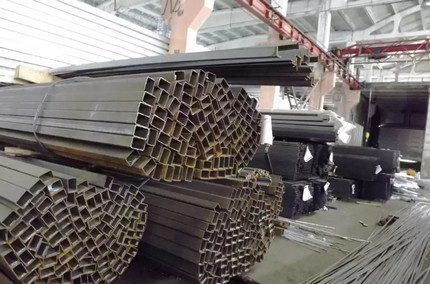
Finished steel pipes are checked for the integrity of the weld and are subjected to additional heat treatment to relieve internal mechanical stress. Then they are cut out in accordance with the required dimensions. To improve the physical properties of steel pipes, a protective coating is applied to them.
The most popular types include:
- zinc (cold or hot);
- polyethylene multilayer or extruded;
- epoxy-bitumen;
- cement-sand.
Zinc protects pipes from corrosion, polyethylene creates a dense, impenetrable layer on the surface and prevents destruction of the metal structure, bitumen-epoxy reduces the influence of stray currents, and cement-sand protects the inner surface from biological fouling.
Standards and sizes of steel pipes
There are special standards and GOSTs for rolled steel pipes. These parameters describe the method of manufacturing the product, its basic dimensions, cross-section and wall thickness. Based on this information, the area of use of a particular part is determined.
Parameters for straight seam weldments
The production of electric-welded pipes with a straight seam is regulated by GOST 10704-91. According to his information, the outer diameter of the product is 10-1420 millimeters, and the wall thickness varies from 1 to 32 millimeters.
Reinforcement, not exceeding 426 millimeters in diameter, has measured and unmeasured lengths. In special cases, pipes with a stronger, reinforced seam are made, but for them there is a separate special standard - GOST 10706.
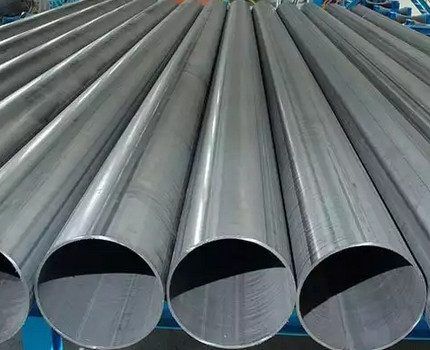
Pipes of this type are most often used for laying technological communication systems with moderate pressure and creating practical, convenient and lightweight metal structures for various purposes.
Regulations for electric welded spiral welded pipes
The production of electric-welded pipes with a spiral seam is carried out in accordance with GOST 8696-74. The outer diameter of such products is 159-2520 millimeters, the wall thickness ranges from 3.5 to 25 millimeters, and the length is 10-12 meters.
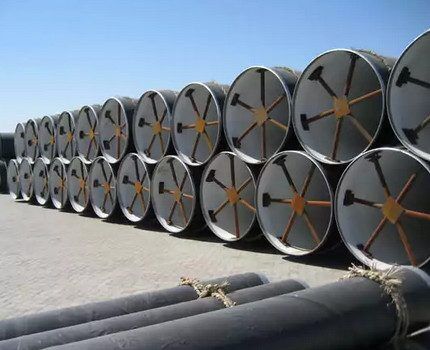
Pipes made in this way are more durable and can withstand high pressure. The standard allows them to be used both for domestic and industrial purposes, to create reliable, sealed and operationally stable communication systems.
Requirements for seamless hot-formed products
Standards for seamless hot-deformed pipes are described in GOST 8732-78. The thickness of their walls is 2.5-75 millimeters, and the diameter varies from 20 to 550 millimeters. In length, both measured and unmeasured, the size ranges from 4 to 12.5 meters.

Pipes of this type are used to transport highly toxic substances for chemical production. The absence of a seam ensures that there is no leakage and no harmful substances can enter the ground or atmosphere.
The ability to easily withstand constant high pressure makes seamless pipes relevant for the oil refining and gas industries.
Standards for Cold-Worked Seamless Pipe
Cold-rolled steel pipes are manufactured according to GOST 8734-75. The outer diameter of the reinforcement varies from 5 to 250 millimeters, and the wall thickness is 0.3-24 millimeters. Products are produced in unmeasured lengths from 1.5 to 11.5 meters and in measured lengths from 4.5 to 9 meters.
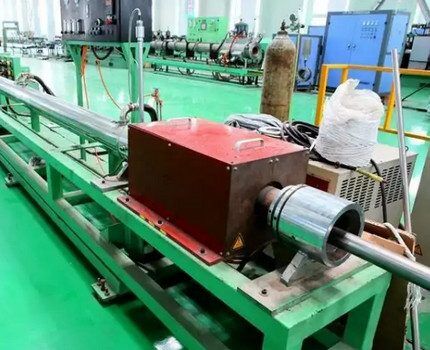
Seamless steel pipes created by cold deformation demonstrate high strength, operational stability and reliability throughout the entire period of use.
Features and characteristics of water and gas products
Gas and water pipes are produced according to GOST 3262-75 regulations. This type of rolled metal is included in a separate standard only because of its narrower scope of application.
The outer diameter of the product is 10.2-165 millimeters, and the wall thickness ranges from 1.8-5.5 millimeters. The range of sizes for unmeasured and measured lengths is the same - from 4 to 12 meters.
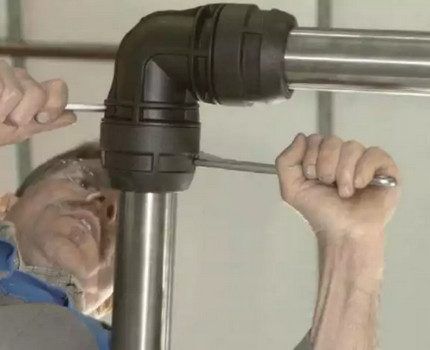
The standard provides for the production of not only conventional, but also galvanized water and gas pipes.
Installation of steel pipelines: basic methods
The process of assembling a reliable, durable and well-functioning communication system from steel pipes requires significant labor, a lot of time and the availability of specific professional tools.
The material is divided into pieces of the required length using pipe cutters. The connection is usually made in three ways: welding, threading and flanging.
Welding connection
Installation of pipes followed by connecting all parts using gas or any other welding is considered the simplest, most practical and affordable installation method.
A system equipped in this way has a high level of tightness, can withstand significant operating and vibration loads, does not require serious maintenance measures, and can be easily repaired if a problem occurs.
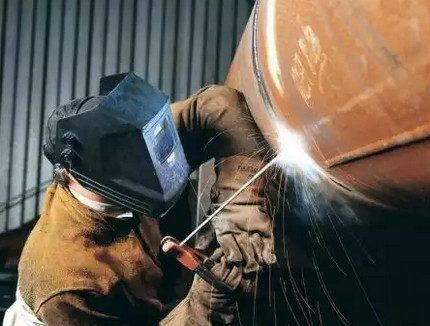
If the laying of communications is carried out in difficult conditions or hard-to-reach places and welding work is physically impossible, a threaded (fitting) or flange method of connecting the necessary parts is used.
Thread fit
With this option, the pipes are screwed onto the thread using fittings of different types and appointments. This allows in the future to carry out local repair work and eliminate breakdowns in a specific location, without resorting to dismantling the entire communication system.
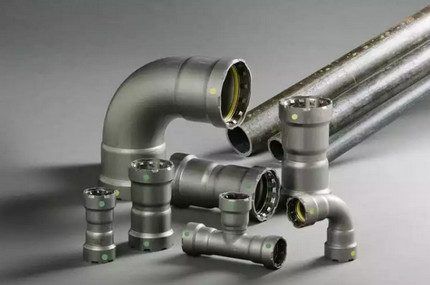
The main advantage of the threaded method heating system installation or water supply is simplicity and accessibility. To create the desired structure from steel pipes and fittings, no specific equipment, professional knowledge or extensive experience in carrying out repair work is required.
All work is intuitive and easy to carry out even by people who do not have the appropriate qualifications. Thread on steel pipe You can cut it yourself. Our recommended article will introduce you to the technology.
Constructing a system using flanges
Another method of connecting steel pipes into a common communication complex involves the use of flanges of different shapes and configurations (crosses, angles, couplings, etc.).These parts are welded to the edges of the pipes, bolts of a suitable caliber are inserted into the holes, and nuts are screwed onto them, ensuring precise fastening.
A sealant must be placed between the nut and bolt. For the system responsible for supplying hot and cold water (maximum temperature up to 100 degrees), gaskets made of thick (about 3 mm) cardboard are used.
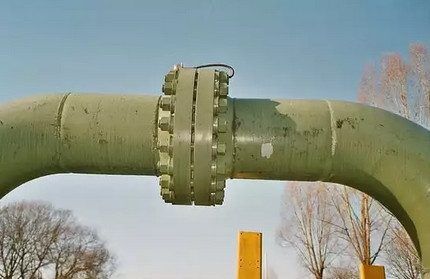
First, the part is moistened with water and dried. Then soak in heated drying oil for 25-30 minutes. After this procedure, the gasket acquires the desired structure and serves for a long time even under conditions of intensive use.
For communications serving coolant At elevated temperatures (up to 450 degrees) and base pressure up to 5 MPa, paronite gasket material is used. For systems transporting steam with a pressure of up to 0.15 MPa, thick (about 3-6 mm) asbestos cardboard with a dense structure and good flexibility is used for sealing.
To ensure that the asbestos gasket lasts longer, it is pre-coated with a graphite compound made from natural drying oil.
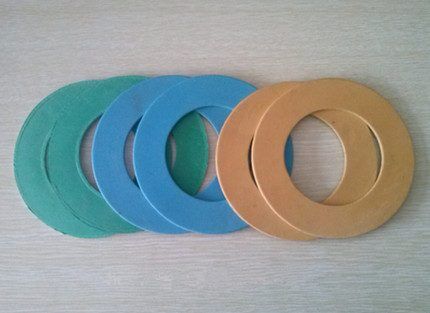
To ensure the correct flange connection, the heads of all working bolts are placed on one side, carefully ensuring that the ends of the bolts protrude from the nuts by no more than half the diameter of the bolt.
Screwing bolts and nuts is carried out with the most ordinary wrench or adjustable wrench. Disassemble the structure using the same tools, unscrewing the nuts and bolts one by one. If any of the parts is covered with rust and cannot be removed, knock it out with a hammer.
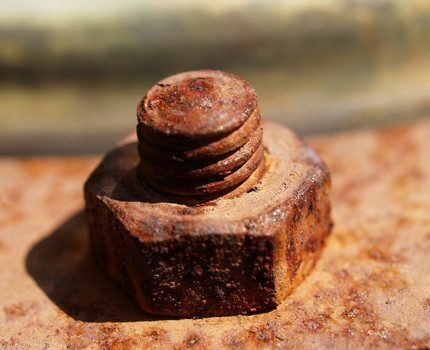
A gasket that has deteriorated during operation is cut off using a chisel and a new part is put in its place. During dismantling work, they act very carefully and carefully so that the part left without fasteners does not fall on the worker and cause him harm.
Conclusions and useful video on the topic
Basic instructions for working with steel pipes for beginners. Useful tips and installation tricks.
The video shows in detail how to properly weld steel pipes in different positions. Professional welders share their secrets and operating principles.
Various methods of connecting steel pipes: interesting nuances and recommendations for home craftsmen.
Knowing exactly the range of steel pipes offered on the market, you can easily select product options that are ideal for forming the necessary communication system.
Would you like to talk about how you chose steel alloy pipes for the construction of communications in your own house/apartment? Do you have information that will be useful to site visitors? Please write comments in the block below, ask questions, post photographs on the topic of the article.




In everyday life, steel pipes are gradually giving way to plastic pipes, which are much more convenient to work with. But steel also has its advantages - long service life, strength, fire resistance, corrosion resistance.
Corrosion resistance, seriously? Maybe you confused it with PVC?